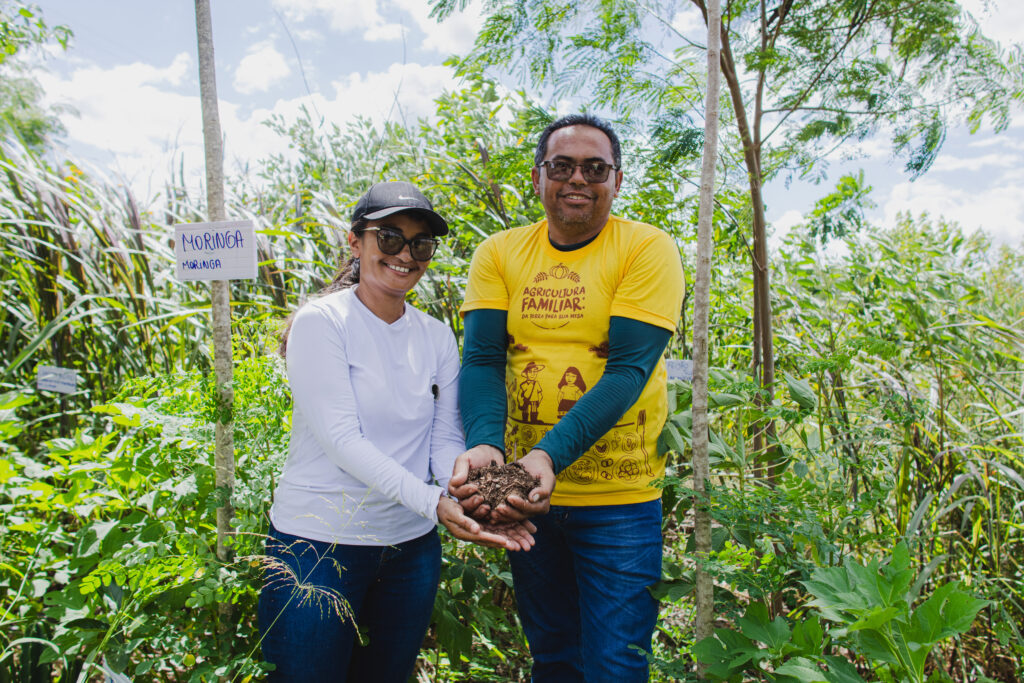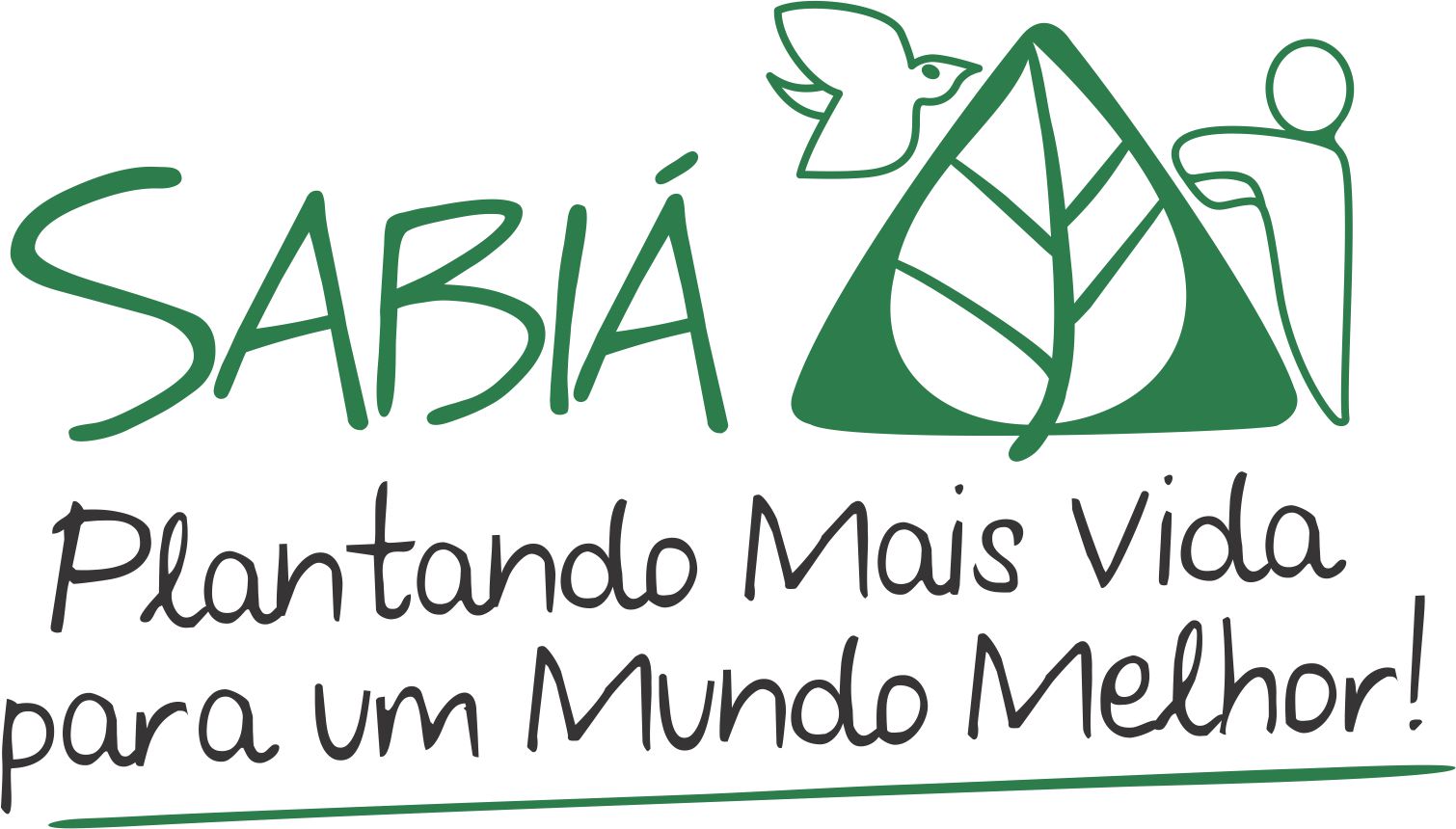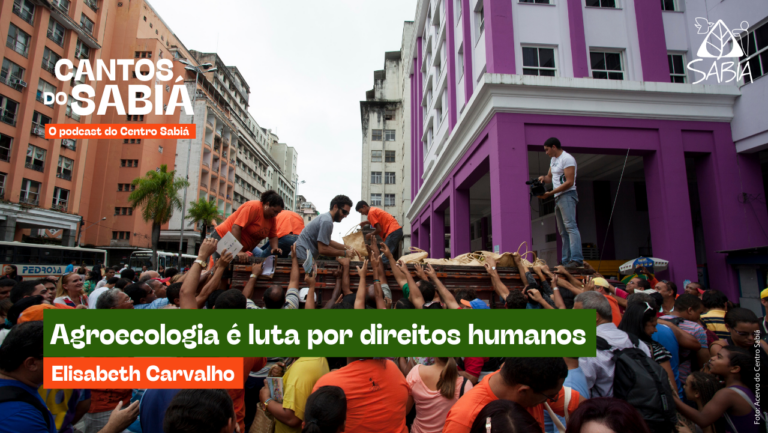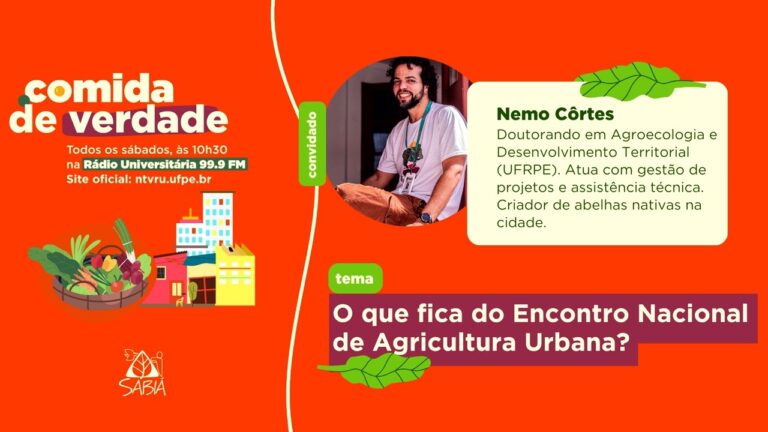Coexistence with the Semi-Arid: Another word for Climate Adaptation
By Carlos Magno Morais
Carlos Magno de Morais, Social Mobilization Coordinator at Centro Sabiá

The Caatinga, a unique, exclusively Brazilian biome located in the semi-arid region, is often underestimated in terms of its ecological importance and the knowledge accumulated by its inhabitants. This ecosystem, with its resilient vegetation and biodiversity adapted to arid conditions, the semi-arid forest, provides valuable lessons for the world on how to live and thrive in dry regions. However, the Caatinga faces a growing threat: desertification. Halting this process is a challenge, but it is possible and necessary for local and global sustainability.
Desertification is a process that threatens not only the biodiversity of the Caatinga, but also the lives of the communities that depend on this biome. The advance of desert areas is the result of a combination of climatic factors and human activities, such as deforestation and inappropriate land use. A historical example of this phenomenon was the discovery of the first area of aridity in Brazil, located in north-central Bahia, which drew attention to the seriousness of the problem. The fight against desertification is undoubtedly difficult, requiring coordinated efforts between governments, NGOs and local communities. The implementation of sustainable practices and the recovery of degraded areas are essential steps to reverse this process.
The people who live in the Caatinga have developed an in-depth knowledge of how to live in dry areas over generations. This knowledge includes rational water management techniques, the cultivation of native plants adapted to high temperatures and agro-ecological practices that minimize environmental impact. The ability of local communities to adapt is a valuable resource in a world facing accelerated climate change, and I’ve always said that whoever is born in the caatinga is born adapted. Taking advantage of this knowledge and integrating it into public policies and adaptation strategies could offer innovative solutions for other arid regions around the planet.
The Caatinga is an example of resilience and adaptability. Halting desertification is a significant challenge, but with collective effort and sustainable strategies, it is possible to protect this unique biome and guarantee the sustainability of the communities that depend on it. The Caatinga, the forest of the semi-arid region, can become a model of climate adaptation, contributing to a more sustainable and resilient future for the entire planet.
Nothing found.




